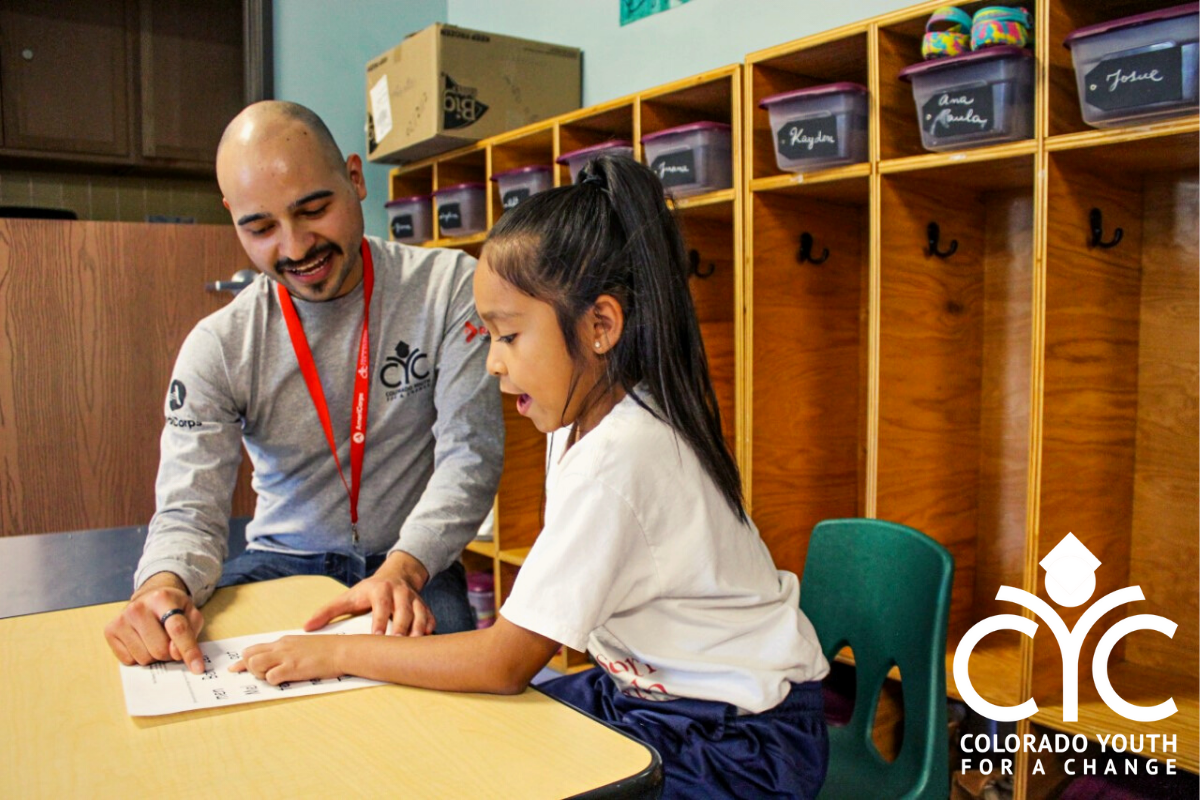By Amelia Federico Soft skills. Durable skills. Essential skills. Core skills. Whatever you call them,…
How to help students stay engaged in their learning over winter break

Hi there! I’m Tahlia Lucero, guest writer and Development Associate at CYC. I often felt disoriented returning back to school after winter break as a grade-school student. Researchers refer to this phenomenon as “post-break fatigue.” Like many students, it took a notable amount of time for me to readjust before getting back into the swing of things.
Kimberly O’Malley, educational researcher for Pearson and RTI International, recognizes that when students leave school and disengage from learning activities, there’s a slowing of progress.1 With a clear indication that student engagement during break is essential to maintaining progress in their education and ultimately their future, I wanted to find answers on how to keep kids engaged in learning while away from school. As O’Malley reminds us, time spent at home can easily turn into a learning opportunity.
I turned to the professionals here at CYC to share their expertise on how to create lessons for students in fun and creative ways. I’m delighted to share what I’ve learned with the CYC community from the talented minds within our organization.
Laura Wilson, one of our Reading Corps Coaching Specialists, has a background as both an educator and principal before working at CYC. An established school administrator for over 19 years, Laura was named Colorado Elementary Principal of the Year in 2013. I was excited to hear her recommendations on keeping students’ brains engaged. Laura first recommends for students and parents to utilize resources from their school like books from the school library or exercises from our AmeriCorps tutors for families, friends, caregivers, and more to practice with young learners. As little as fifteen minutes a day is more than enough to keep young minds challenged. Some exercises include letter sounds, rhyme words, and sound-naming. If exercises are not available, families reading to and with their students can introduce the joy of reading. It can occur, for example, while traveling and reading signs together to find all words that start with a specific letter. Laura recommends starting with three letter words or words of the same letter and expanding to longer words as the student advances.
Christina Mijares, CYC’s Math Corps Program Manager, also offered many helpful suggestions for keeping students engaged over break. Christina previously worked with youth at Urban Peak, served as an AmeriCorps tutor, and has held various staff roles at CYC. Christina continues to volunteer in her community and support her niece and nephews with their own tutoring needs. To her AmeriCorps members, Christina recommends to stay in contact with their students with weekly encouragement videos once a week during break. This small reminder can keep students motivated and expand upon their current learning. At home, games like Mancala, counting, Kahoot, timed math equations, Dungeons and Dragons, and outdoor games like Hopscotch can allow students to subtly do math with counting exercises. Whether they’re engaging with game pieces, prices at the grocery store, or written chalk numbers, it’s more than enough to keep students involved. Cutting foods into fractions like pies, playing math games on apps, finding patterns in clothing, or playing board games like Monopoly or Life can also contribute to fun but indirect ways of engagement as well. Even small things like counting the number of items in a craft, ingredient sizes in a recipe, or how many items it takes to make a snowman can contribute to numerical knowledge. Christina’s final recommendation is to visit the Dollar Tree to browse their variety of math flashcards, activity books, and toy options as “rewards” for students after investing time in their own growth.
Cutting foods into fractions like pies, playing math games on apps, finding patterns in clothing, or playing board games like Monopoly or Life can also contribute to fun but indirect ways of engagement.
There is also a vast array of free resources available online, and thanks to organizations like our corporate partner Comcast, internet access is now in reach for all. Through Comcast’s Xfinity Affordable Connectivity Program (ACP), households are eligible for free or reduced price internet services. Households are eligible if any member of the household participates in a federal assistance program (i.e. SNAP/EBT, free or reduced price school lunch, Medicare, or Lifeline) or the entire household income is at or below twice the federal poverty level. To determine if your household is within the federal poverty level, please visit this table by Affordable Connectivity from the Universal Service Administrative Company and Federal Communications Commission. To apply for the ACP program for either the no-cost or $30 per month programs, apply using this link.
Winter break is often a time for rest and relaxation for students, parents, and educators alike, and rest is important! Meanwhile, there are dozens of ways to keep students engaged with activities and tools they love both in and outside the classroom. We’d love to hear how you keep the students in your life engaged in all the fun or how our staff can assist your needs. We’ve included Laura’s and Christina’s contact information below. We look forward to hearing how you invest in your students’ learning!
Christina Mijares christinam@youthforachange.org
Laura Wilson lauraw@youthforachange.org
Sources:
